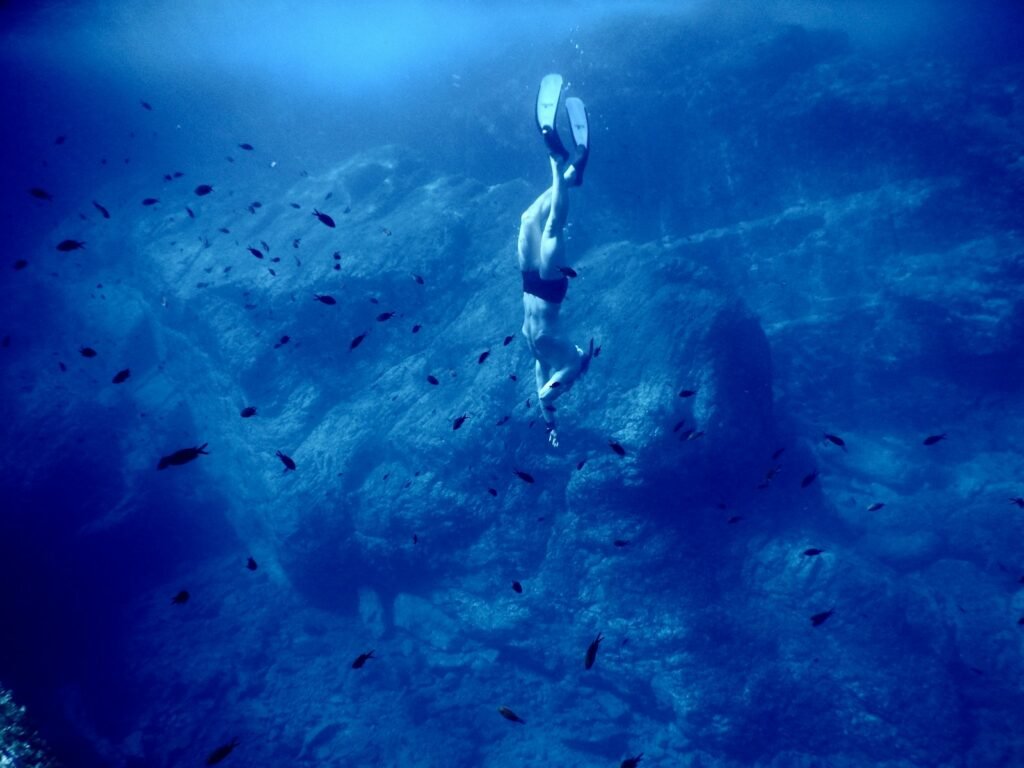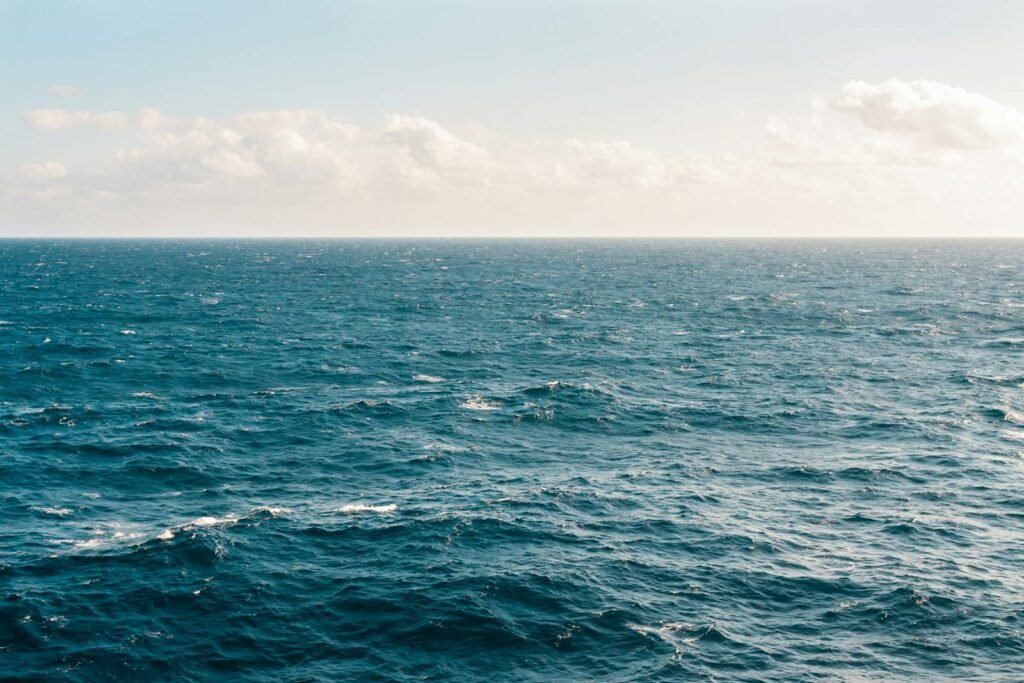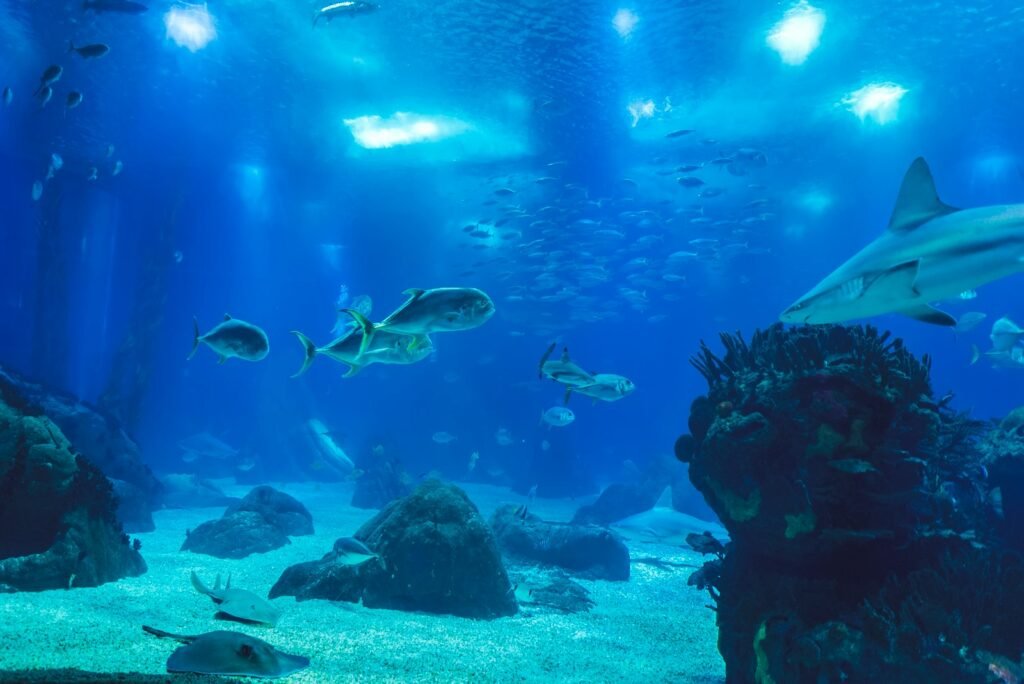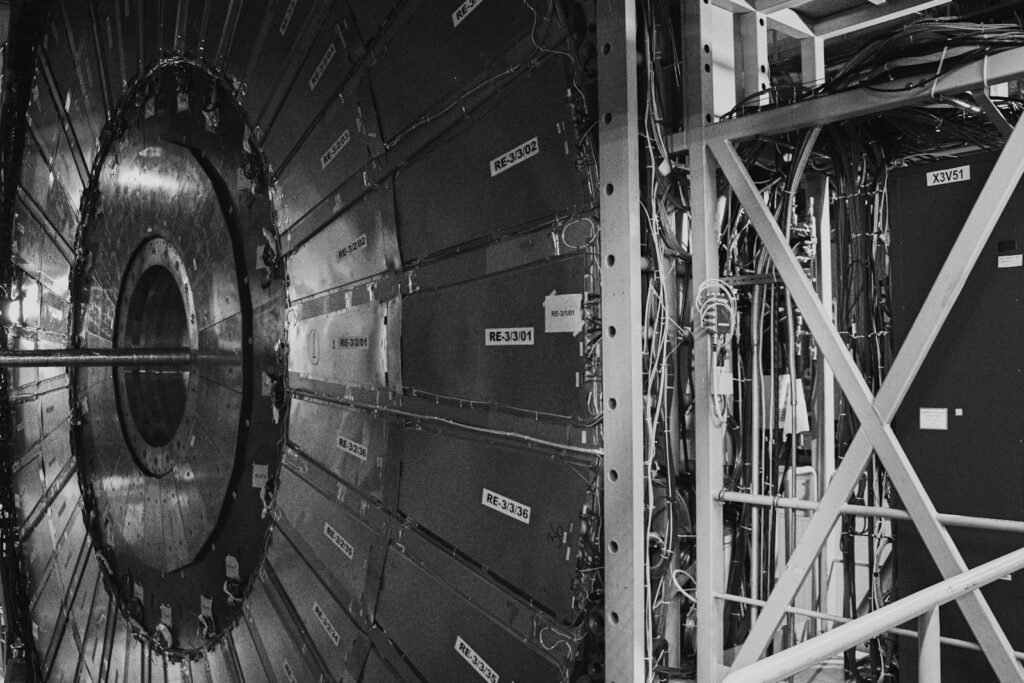The ocean is 71% of Earth’s surface, moderates our climate and feeds billions of us yet it is in trouble. Overfishing, plastic pollution and rising temperatures are driving marine ecosystems to the brink. The onus falls on the next month’s U.N. Ocean Conference in Nice, France, to be a turning point where all nations look these crises in the eye. But other past treaties have floundered and corporate skulduggery muddies the water, so can this particular summit really make a difference or will it be just another missed chance?
The Ocean’s Lifeline And Why It’s Failing

The ocean isn’t just a vast expanse of water, it’s Earth’s life-support system. It absorbs 30% of human-produced CO₂, supplies 17% of the world’s protein, and supports $2.5 trillion in economic activity annually. Yet, by nearly every metric, it’s deteriorating.
- Overfishing Crisis: In 1974, 90% of fish stocks were sustainable today, just 62% remain viable.
- Dead Zones: Fertilizer runoff has created over 500 oxygen-depleted dead zones, suffocating marine life.
- Coral Collapse: The fourth global coral bleaching event is now underway, threatening 25% of marine species that depend on reefs.
Despite these warnings, progress on UN Sustainable Development Goal 14 (Life Below Water) has stalled. Will the Nice summit finally change that?
Empty Promises? The Compliance Crisis
It is widely known that governments always agree with each other when it comes to the ocean treaties, but enforcing them is a different kettle of fish.
- High Seas Treaty (2023):Just 21 out of 115 of the signatories have actually ratified it. Getting a minimum of 60 is required for it to take effect.
- Fisheries Subsidies Agreement (2022): It prohibits harmful fishing subsidies. But for enforcement to start, 14 more states should ratify it.
- Plastic Treaty Stalemate:Even though more than 100 countries are in favor of production cuts, the oil giants and the plastic lobbyists are lobbying for weaker waste management rules instead.
What are the main reasons for the delay? Lobbying, a shortage of funds, and foot-dragging in geopolitics have allowed the key agreements to remain in a state of uncertainty. If the Nice conference wants to avoid being irrelevant, it needs to focus on closing this accountability gap.
The 30×30 Goal: A Race Against Time
One of the most ambitious conservation targets is protecting 30% of the ocean by 2030. Right now? Only 8% is safeguarded.
- Marine Protected Areas (MPAs): Just 2.7% of the ocean is fully protected from fishing and drilling.
- Deep-Sea Mining Threat: Companies are pushing to extract minerals from the seabed, risking irreversible ecosystem damage.
To hit the 30×30 target, nations must quadruple conservation efforts in six years. Can they move fast enough?
The Climate-Ocean Collision

The ocean absorbs 93% of excess heat from global warming but it’s reaching a breaking point.
- Ocean Acidification: CO₂ absorption has increased acidity by 30% since the Industrial Revolution, dissolving shellfish and plankton.
- Sea Level Rise: Melting ice could displace 630 million people by 2100.
- Extreme Weather: Warmer oceans fuel stronger hurricanes and cyclones, costing billions in damages.
If climate policies don’t rapidly align with ocean protection, both crises will spiral out of control.
The Money Problem: Billions Pledged, Pennies Delivered
Funding ocean conservation has been a case of grand promises, meager follow-through.
- 160 billion pledged (2014−2024) Only 23.8 billion delivered.
- Less than 1% of climate finance goes to ocean projects.
Without real investment, even the best policies will drown in bureaucracy.
Indigenous Knowledge: The Missing Piece
While governments debate, Indigenous communities are already leading conservation.
- Indigenous-managed waters have twice the biodiversity of unprotected areas.
- Pacific Island nations, though contributing <0.03% of global emissions, are spearheading ocean treaties.
Ignoring these voices isn’t just unfair, it’s scientifically reckless.
Nice 2024: Last Chance or Lost Cause?
The UN Ocean Conference could be a turning point if delegates move beyond rhetoric.
- Revive stalled treaties (High Seas, Fisheries Subsidies).
- Lock in a strong Global Plastics Treaty with no loopholes.
- Triple funding for marine protection.
- Center Indigenous leadership in conservation.
The bottom line? The ocean can’t wait for another decade of empty pledges. This is the moment to act or accept irreversible decline.
Final Thought: The Tide Won’t Wait Forever
The ocean doesn’t operate on political timelines. While nations delay, ecosystems collapse. The Nice summit must be more than a photo. It must be the starting gun for real, enforceable change. Because if we fail here, we may not get another chance.
Sources:

Jan loves Wildlife and Animals and is one of the founders of Animals Around The Globe. He holds an MSc in Finance & Economics and is a passionate PADI Open Water Diver. His favorite animals are Mountain Gorillas, Tigers, and Great White Sharks. He lived in South Africa, Germany, the USA, Ireland, Italy, China, and Australia. Before AATG, Jan worked for Google, Axel Springer, BMW and others.




